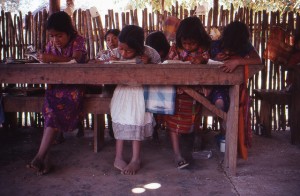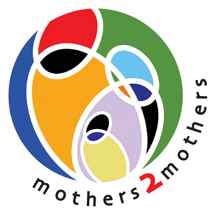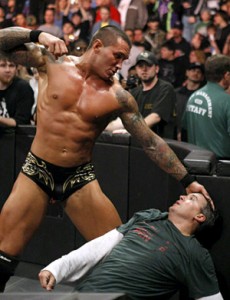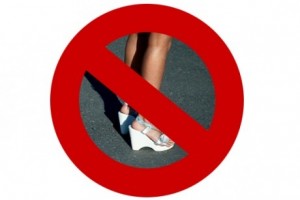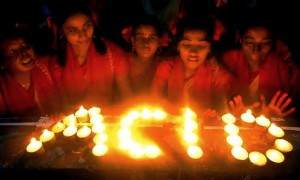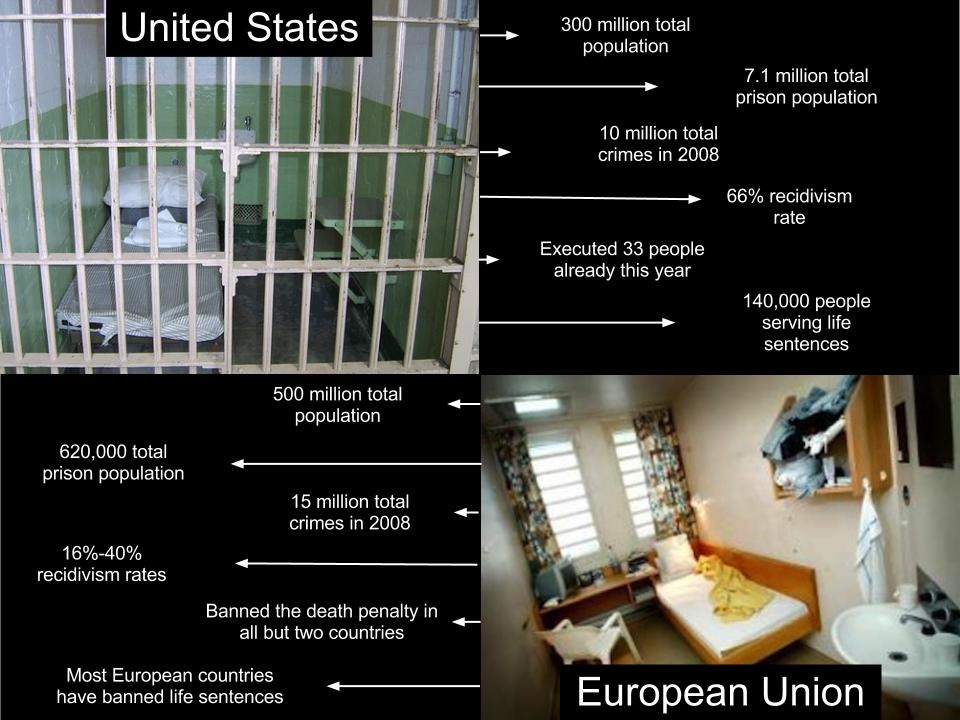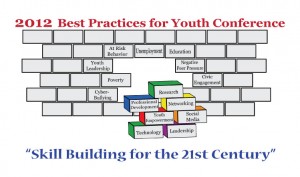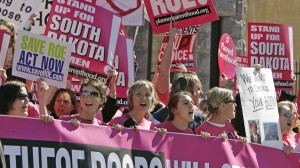 consequences of this shortcoming? And how can we fix it?
consequences of this shortcoming? And how can we fix it?Take for instance a law recently upheld by the Supreme Court in South Dakota. Doctors are now required by law to inform women seeking an abortion of a link between abortion and suicide. Except that there is no concrete scientific evidence demonstrating that the connection actually exists. So doctors are now essentially obligated to  lie to their patients. This clearly infringes on women’s rights in my opinion. But have you heard anything about this law? Not likely.
lie to their patients. This clearly infringes on women’s rights in my opinion. But have you heard anything about this law? Not likely.
Or what about the new law the Utah state legislature passed, which increases the potential punishment for feticide? A good idea in the abstract, but what’s exceptional about this law is the new possibility for a woman to be prosecuted if she miscarries. According to the statute, any “risky” behavior that threatens the life of the fetus could result in imprisonment for the mother. Of course a pregnant woman needs to be careful and take care of herself, but is it really right for a woman to face criminal charges for potential accidents? Again, this seems to be another example of the state limiting women’s rights and decisions.
But somehow neither of these cases, or others like them, have received much media attention. Which given the issues at stake and the outrageous nature of the laws, I find shocking. So why does mainstream media insist on highlighting progress but ignoring setbacks? Is that really in our best interest? I honestly don’t think so. In fact, I think this misrepresentation of the current situation in women’s rights has greater potential issues than simply inaccurate news coverage. If we focus only on the positive, we run the risk of becoming complacent. I know not everyone will, but many people could. It’s an easy trap to fall into and one we need to avoid at all costs if we’re going to continue working to improve our lives.
Don’t get me wrong. There really is some great work happening right now in the women’s rights arena. Both in the government and through other organizations. So the stories we see aren’t wrong per se. But Continue reading



